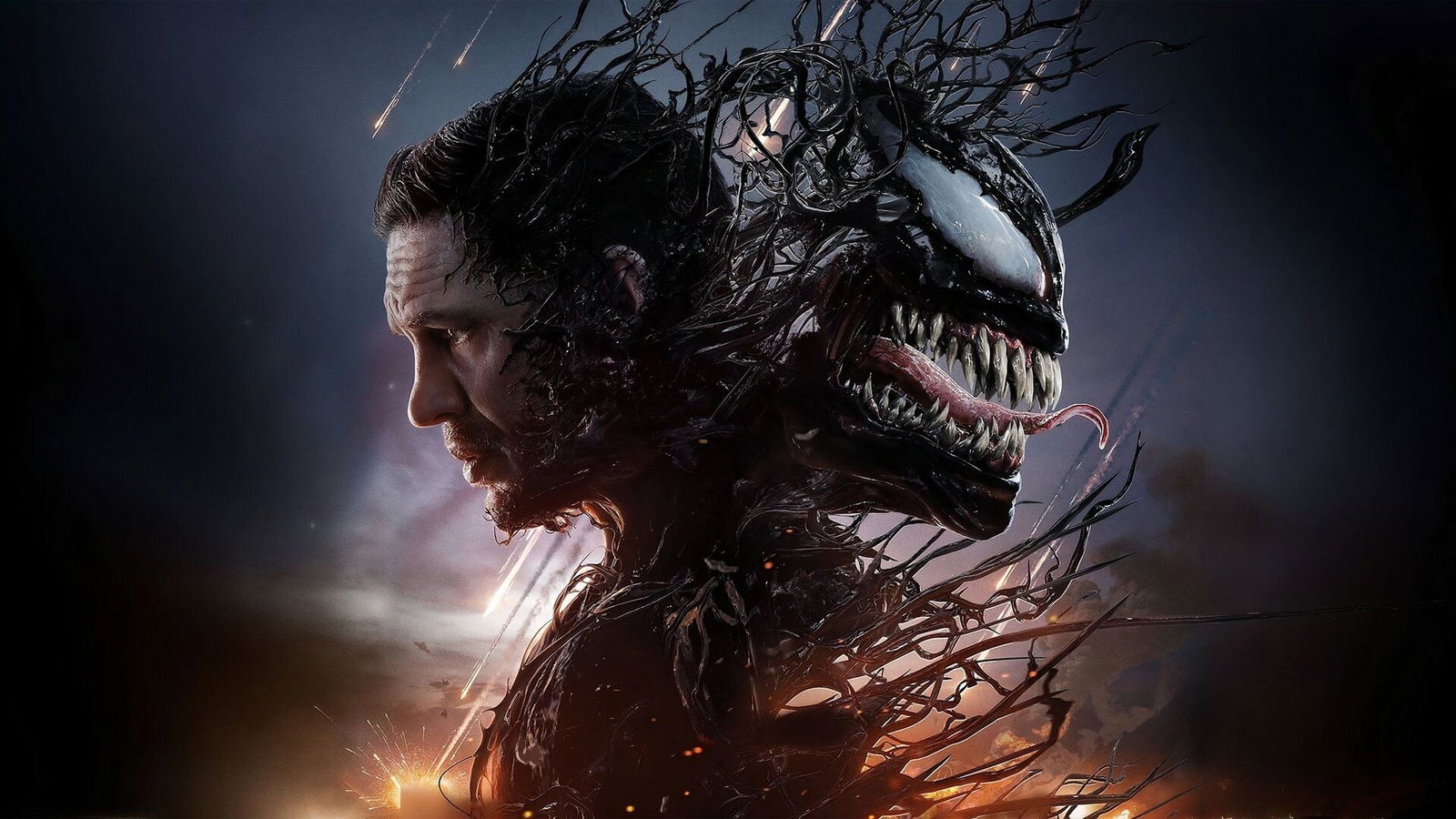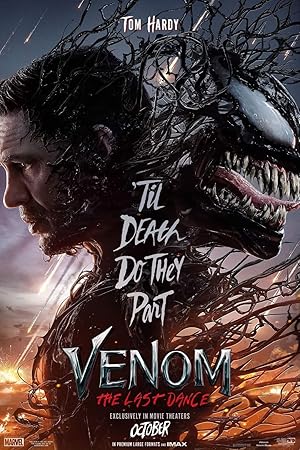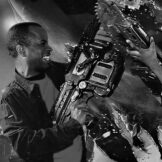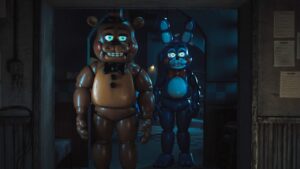It likely comes as no surprise that Venom: The Last Dance, much like its predecessors, is a film where reviewers like me usually suggest one “leave their brains at the door” before viewing. Typically, this is a friendly reminder not to let overthinking or nitpicking interfere with the fun. Unfortunately, this time, there are so many nonsensical and genuinely unenjoyable moments in the latter two-thirds of the film that leaving one’s brain behind could be considered a necessary act of self-preservation. Frankly, even having the titular alien symbiote devour my brain would be more appealing than experiencing this movie again.
Venom: The Last Dance stumbles from the start by abruptly introducing its principal villain, Knull, the “God of the Void” (Andy Serkis), in a scene filled with awkward exposition. As the creator of the symbiotes and the symbiote-hunting insectoid race known as the xenophage, Knull is a major figure in the larger Marvel Universe. However, with his symbiote children having betrayed and imprisoned him on his throne world of Klyntar, and his xenophage offspring being incapable of speech, it’s left to Knull himself to explain who he is and what he wants within the first two minutes of the film.
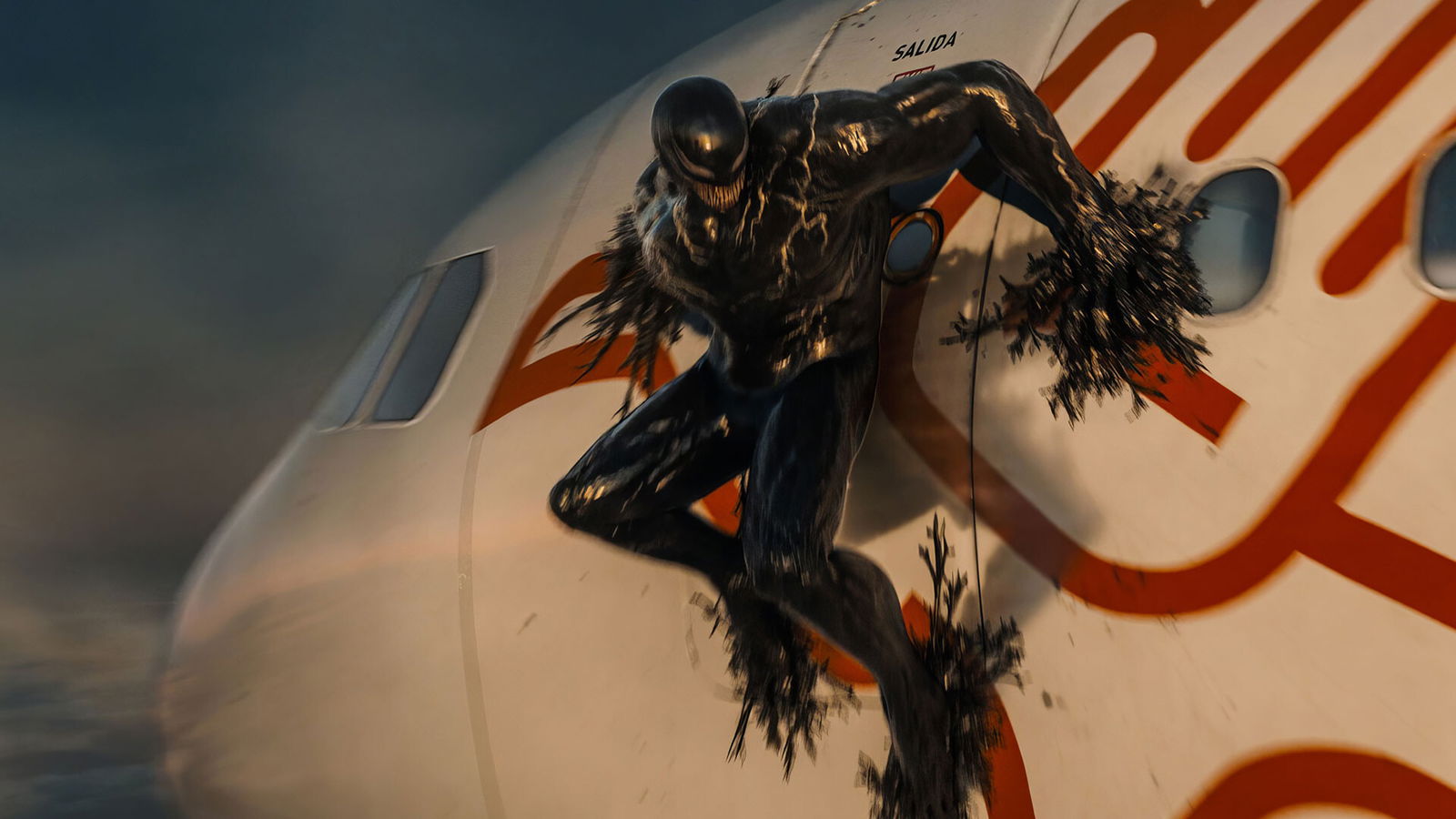
The story then shifts to Venom and his long-suffering host, Eddie Brock (Tom Hardy), who are lying low in Mexico following their deadly showdown with Carnage. However, they’re soon forced to go on the run after local TV news falsely accuses Brock of murdering his former nemesis, police detective Patrick Mulligan. Complications escalate further when one of Knull’s xenophages (which somehow possesses hyperspace teleportation abilities) suddenly arrives, hunting for “the Codex”—a biological key formed when a symbiote first resurrects its host after death, something that’s happened to Eddie multiple times by now.
“Venom: The Last Dance is a film that never seems to know what it wants to be.”
Long story short, the Codex acts as a beacon to the xenophage, visible across the universe whenever Venom is in his fully transformed state. This signal will only stop if both Venom (the symbiote) and Eddie (the host) die. Once that happens, the xenophage can retrieve the Codex to free Knull from his prison, allowing him to engulf the entire universe in darkness, effectively destroying everything. So, in summary, we’ve got big insectoid bugs that are legion and nearly unkillable, plus an evil big bad determined to snuff out all light in the galaxy. Motivating force? Check.
As if that weren’t enough, top-secret U.S. Special Forces based out of Area 51 are also on Eddie and Venom’s trail. Naturally, as alien specialists, they’ve been studying symbiotes in total secrecy since they first appeared on Earth via meteor showers in the first film. It’s complicated, but since discovering Detective Mulligan near death yet alive (Remember, Eddie was framed?) and his broken body proving to be a viable host for one of their captured symbiotes, the team’s recent breakthroughs make Venom’s capture all the more critical to their research.
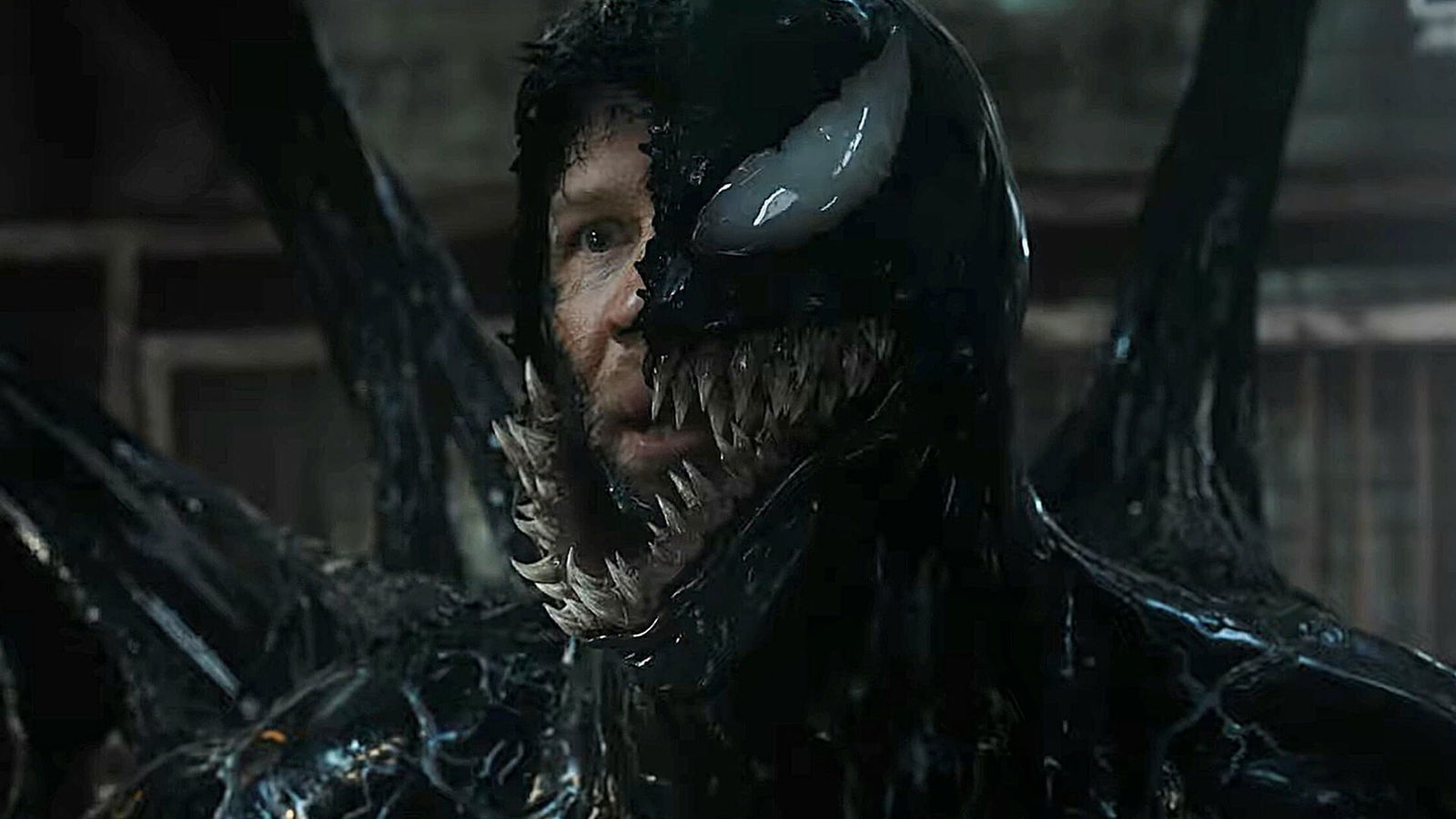
Without revealing further plot twists, Venom: The Last Dance is a film that never seems to know what it wants to be. At times, it feels like a road movie inevitably heading toward a dark, tragic, but not entirely hopeless end (à la Logan). Other times, it’s a slapstick buddy comedy, giving Venom the freedom to do almost anything, like Homer in an episode of The Simpsons. Look one way, and it’s a sentimental bromance; look the other, and it’s a musical, complete with a dance number (perhaps trying to borrow some of Beetlejuice’s flair). There’s plenty of action in between, but honestly, it’s all a complete CGI clusterf**k.
The film’s identity crisis extends to nearly all of its principal characters—particularly Venom, Eddie, General Rex Strickland (Chiwetel Ejiofor), and scientific doctors Teddy Payne and Sadie Christmas—as they constantly flip back and forth, impulsively making decisions that contradict their own motivations and common sense. Worse, these choices are almost always based on hunches and gut feelings, lacking the information needed for sound decisions.
For instance, Venom willfully reveals his location to the xenophage just so he can participate in a dance number, ignoring Eddie’s protests and putting a close friend’s life at risk along with their own. Meanwhile, Strickland, Payne, and Christmas repeatedly make reckless choices that endanger the lives of their Area 51 colleagues, resulting in multiple deaths.
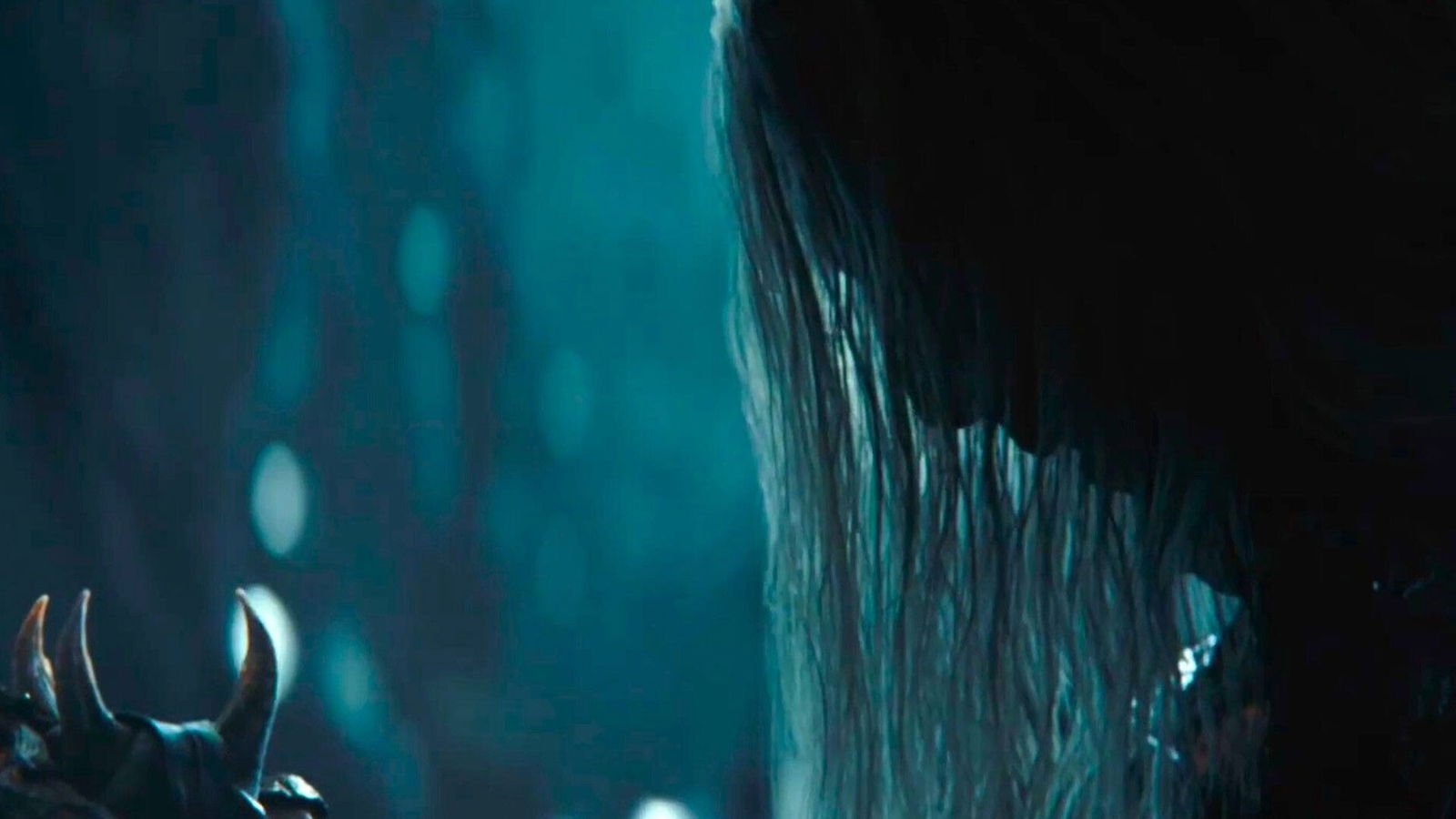
This next complaint is one I usually reserve for poorly designed video games rather than films, but even at a tight 110 minutes, Venom: The Last Dance fails to respect the viewer’s time and intelligence. There are painfully slow scenes where characters like Christmas and Payne stare vacantly at someone or something, drop a vague line, and leave the audience guessing at their intent, which ultimately leads nowhere. At one point, viewers are even subjected to a drawn-out, unplugged rendition of David Bowie’s “Space Oddity” (starring Venom, of course) that drags on for several minutes without the payoff of Eddie finally joining in.
“Perhaps the most frustrating aspect of Venom: The Last Dance is its disregard for the lore established in the previous two films.”
Conversely, if a visual or line of dialogue hints at even the smallest MacGuffin, you can count on it reappearing later. Items like a pair of dress shoes, a holiday ornament, a cockroach, or an obscure detail from a character’s backstory all somehow reappear during a fight in deus ex machina fashion—as though coincidences are mandated by law in the Venomverse.
Perhaps the most frustrating aspect of Venom: The Last Dance is its disregard for the lore established in the previous two films. Eddie and Venom have spent three movies building their unique symbiotic bond, but in this installment, a group of new symbiotes is introduced and handed out like candy. There’s no time for the audience to form an emotional bond with these new symbiotes or their hosts, nor is there any real progression in their abilities—unless the plot demands it. They’re little more than plot devices at best, and cannon fodder at worst.
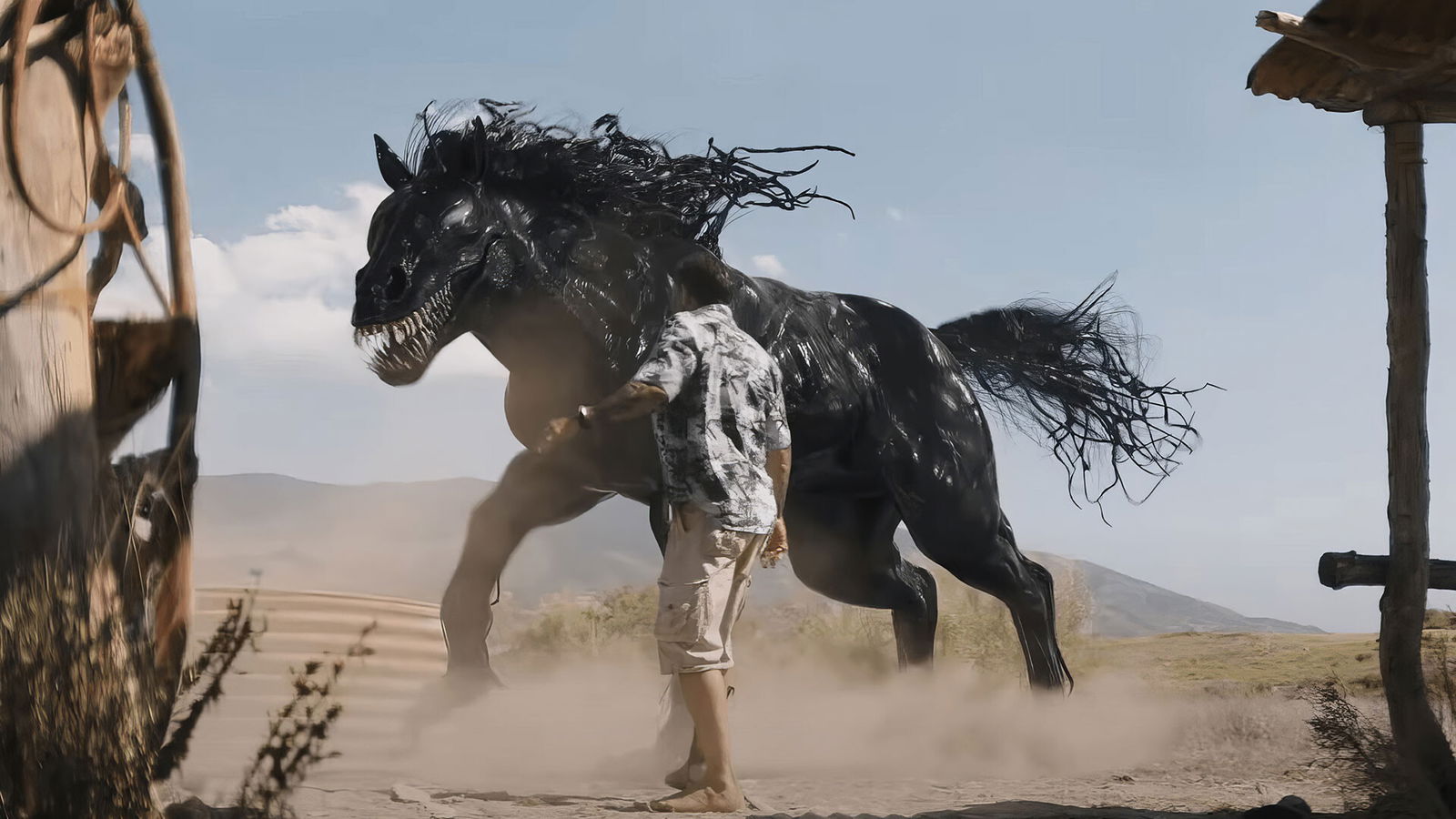
Even Venom’s own superior abilities are trivialized, reduced to little more than parlour tricks for pure entertainment’s sake. Ever wonder how many animals Venom can consecutively merge with without stopping? Keep watching to find out!
As someone who enjoyed both Venom (2018) and its 2021 follow-up, Venom: Let There Be Carnage, I’m left wondering one thing: why? Why would director Kelly Marcel and writer/lead actor Tom Hardy choose this as the way to close out the Venom trilogy, leaving so many elements unfulfilled? While I suspect Tom Hardy may reprise the role in the future, closing the curtain on this trilogy without giving Venom one last moment with Anne (Eddie’s ex) feels both surprising and cruel. Knull, hastily shoehorned into this film as the villain, seems unlikely to see any further development.
I’d love to highlight some standout performances as silver linings, but even Tom Hardy seemed to be phoning it in as Eddie, while his Venom schtick remained largely unchanged. It’s disappointing to see the talents of Andy Serkis as Knull and Chiwetel Ejiofor as Strickland squandered; both have delivered far better performances as villains in other Marvel films (Black Panther, Doctor Strange, respectively). In the end, Venom: The Last Dance is disappointingly mediocre in nearly every way. Trust me, you’re better off skipping this dance and staying a wallflower.
